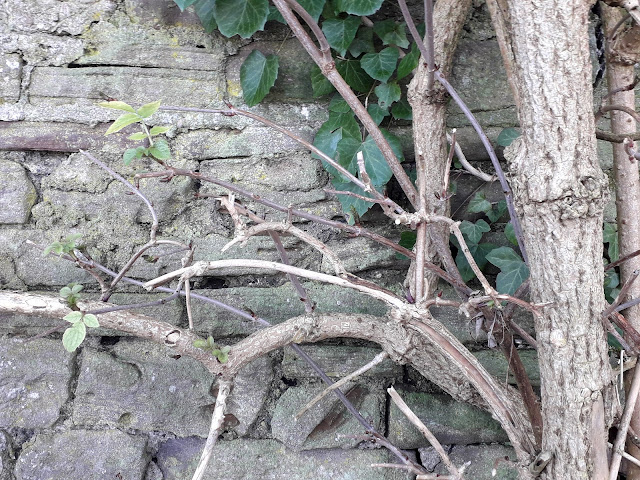News about seasonal changes at Filnore Woods and how to get involved as a volunteer, if you want to. As well as things seen and done at FILNORE WOODS, THE BLOG WILL INCLUDE THINGS YOU CAN SEE IN YOUR STREET OR GARDEN. To get regular updates, you used to be able to enter your email address in "FOLLOW BY EMAIL" (just below on the right) But this seems to have stopped working so GOOGLE 'FILNORE WOODS BLOG' AND FOLLOW 'FILNORE WOODS' ON FACEBOOK
Sunday 30 January 2022
GREEN SHOOTS
Wednesday 26 January 2022
RSPB BIG GARDEN BIRDWATCH
More info available here.
Photos and identification tips are here.
It's free and you don't have to join the RSPB.
Tuesday 25 January 2022
GERMINATION
Sunday 23 January 2022
MISTLETOE
Saturday 22 January 2022
LIME TREES AT DUSK IN WINTER
The common lime often carries clumps of mistletoe in its branches. These two are down by St Mary's Church. The one on the left has been distorted by mistletoe and the one on the right has been heavily pruned so their shapes are a bit odd.
Friday 21 January 2022
POPLAR BUDS ARE POINTY
Here is the end of a branch on a hybrid black poplar. Notice how the twigs turn up at the end.
Each twig terminates in a clustering row of large, pointed buds.
Thursday 20 January 2022
REDWINGS NOW
I saw a little thrush with a bright white eyebrow today, hopping along the grassy path in front of me.

OBJECTS IN TREES
Tuesday 18 January 2022
SIGNS OF SPRING and REMNANTS OF SUMMER
Sunday 16 January 2022
NEW INTERPRETATION BOARD

















































